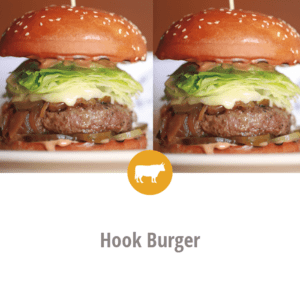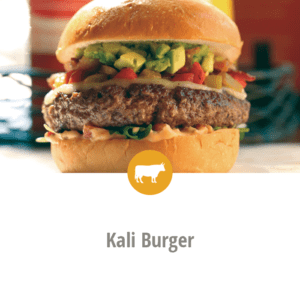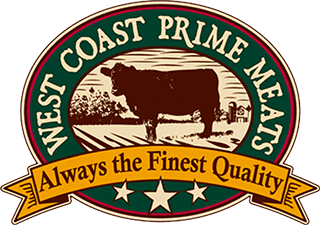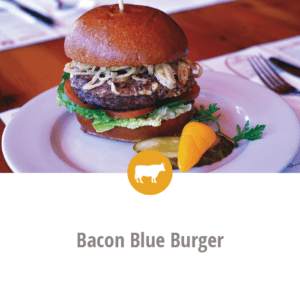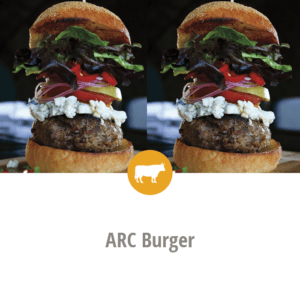Happy National Hamburger Day!
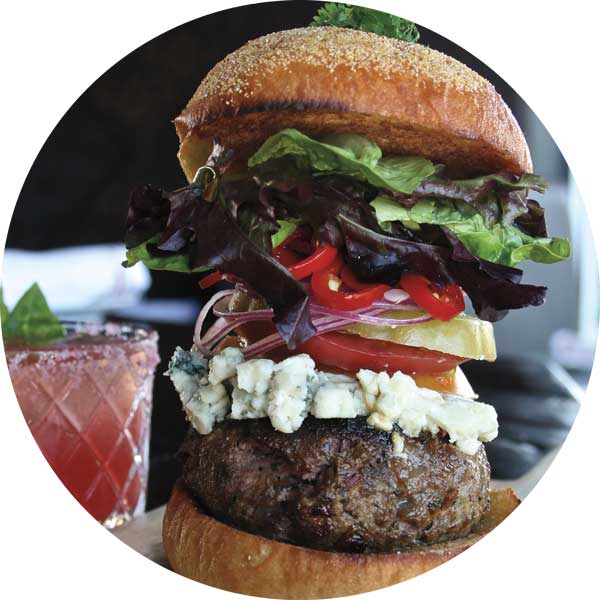
May 28, 2016
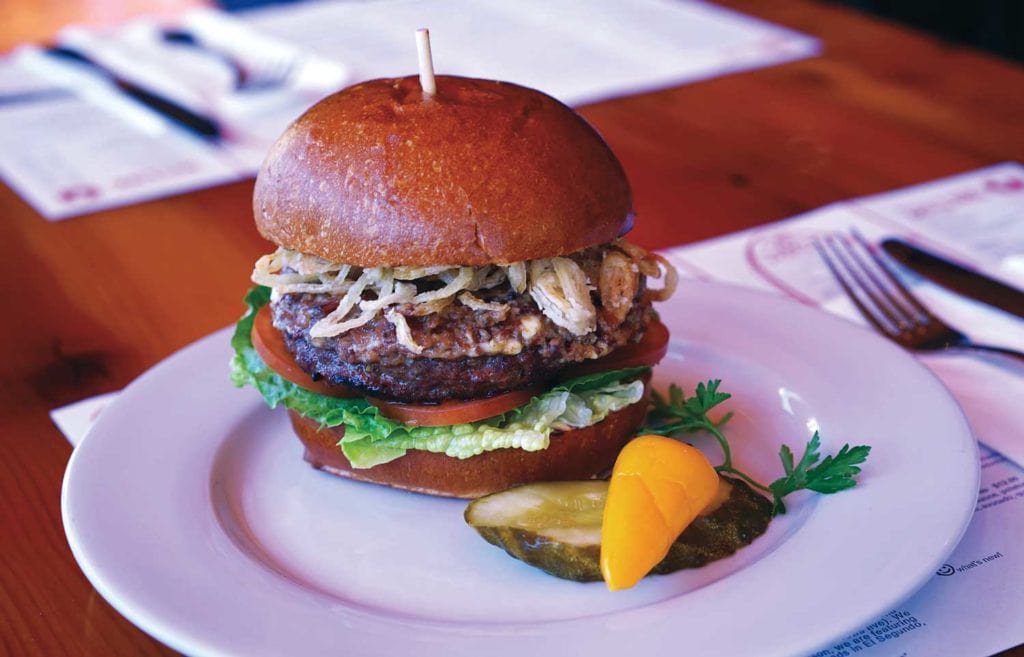
Once the mainstay of drive-ins and lunch counters, the burger has undergone a public relations campaign in recent decades.
Now America’s favorite sandwich shares space on fine-dining menus as well as on chalkboards.
At West Coast Prime Meats, we see that change every day in the grinding room. Our plant creates more than five dozen unique blends of ground meat, sold to every level of foodservice.
As the recipes below will prove, the contemporary burger is so much more than just bun, patty, pickles and sauce. From custom grinds to unique toppings and house-made bread, today’s chefs put considerable thought and effort into their burgers.
Customers have responded with gusto. A survey of 1500 people by restaurant industry research firm Technomic found that 95 percent of the respondents ate a hamburger at least once per month, up from 91 percent two years prior; half of respondents ate a burger at least once a week. Beef burgers beat out turkey and chicken patties as the centerpiece of the sandwich and American cheese is preferred over Cheddar and Swiss, Technomic found.
Where and when the hamburger began is up for debate. Even the sandwich’s logical connection to Hamburg, Germany, comes into question. What everyone seems to agree on is that the hamburger has become a national icon.
Americans are so enamored with hamburgers that we even have a National Hamburger Day, May 28, which is part of National Hamburger Month, a celebration that has its own Facebook page. Sadly, National French Fry Day is not until July 13. Why does it always take so much time to get the fries?
Burger Construction
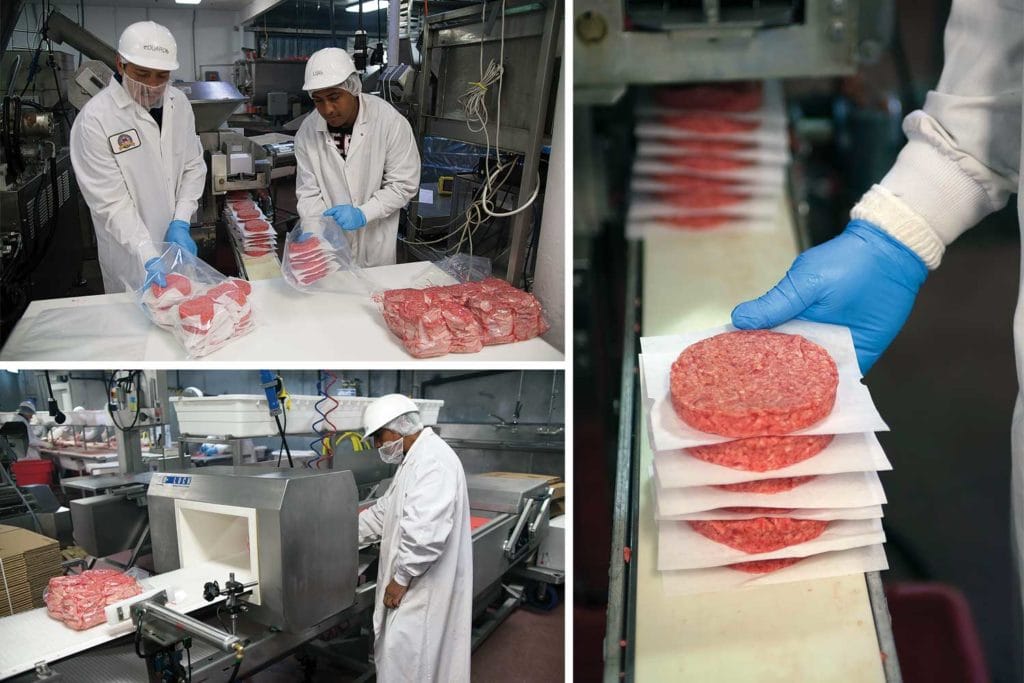
To build a great burger, the first consideration chefs ponder is the patty itself. Among the choices they make are the contents of the blend, the level of fat, the thickness of the patty and the size of the grind.
Of the numerous blends we make at West Coast Prime Meats, about 40 of those are beef. The rest incorporate lamb, pork, veal, chicken or turkey. Over the course of one year, we will grind about two million pounds of meat.
Beef options may mix chuck, sirloin, brisket and trimmings or may just be 100 percent sirloin, for example. Some chefs like to add fat-rich Wagyu beef to the blend; others may opt to deepen the flavor of the patty with dry-aged beef. Restaurants that command a higher price for their burgers may request all U.S. Prime beef in their blend.
Once the mix is determined, the next issue is the size of the grind, from fine to coarse. A fine grind allows for a wider, thinner patty; a coarser grind creates a looser patty that allows the charcoal flavor of the grill to penetrate the meat.

Some chefs prefer to receive ground meat in bulk. For those who choose to purchase patties, they have several options.
During the drive-in era of the 1950s and 1960s, burger patties likely averaged around three ounces. Then, in 1971, burger giant McDonald’s brought the Quarter Pounder—with four ounce patties—to the mass market. Today, a seven-to-eight ounce patty is common. We sell patties ranging from two ounces to 10 ounces for our customers. Those discs also come in a range of thicknesses from one inch down to a fast-food-style 1/4-inch round.
The chefs we serve receive freshly ground product daily Monday through Saturday. We grind more frequently than some other meat companies to insure freshness.
We also follow a rigid daily testing schedule for each batch of ground meat, so our customers can be confident that what they serve is pure, wholesome meat.
Burger Recipes
